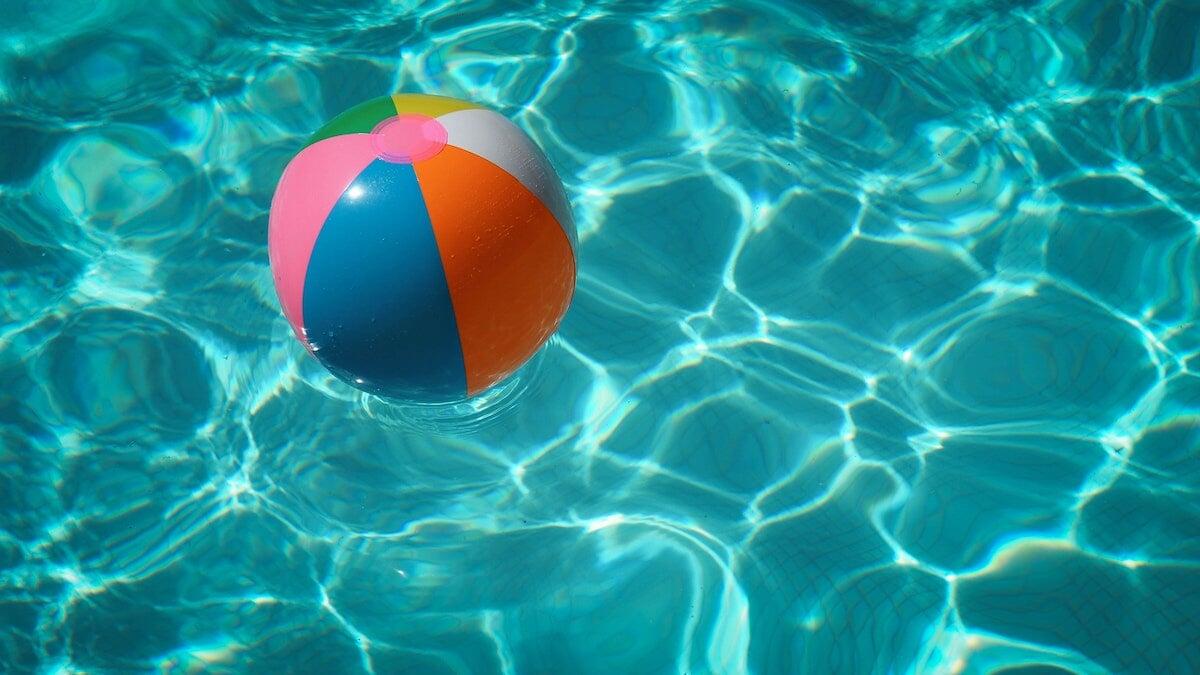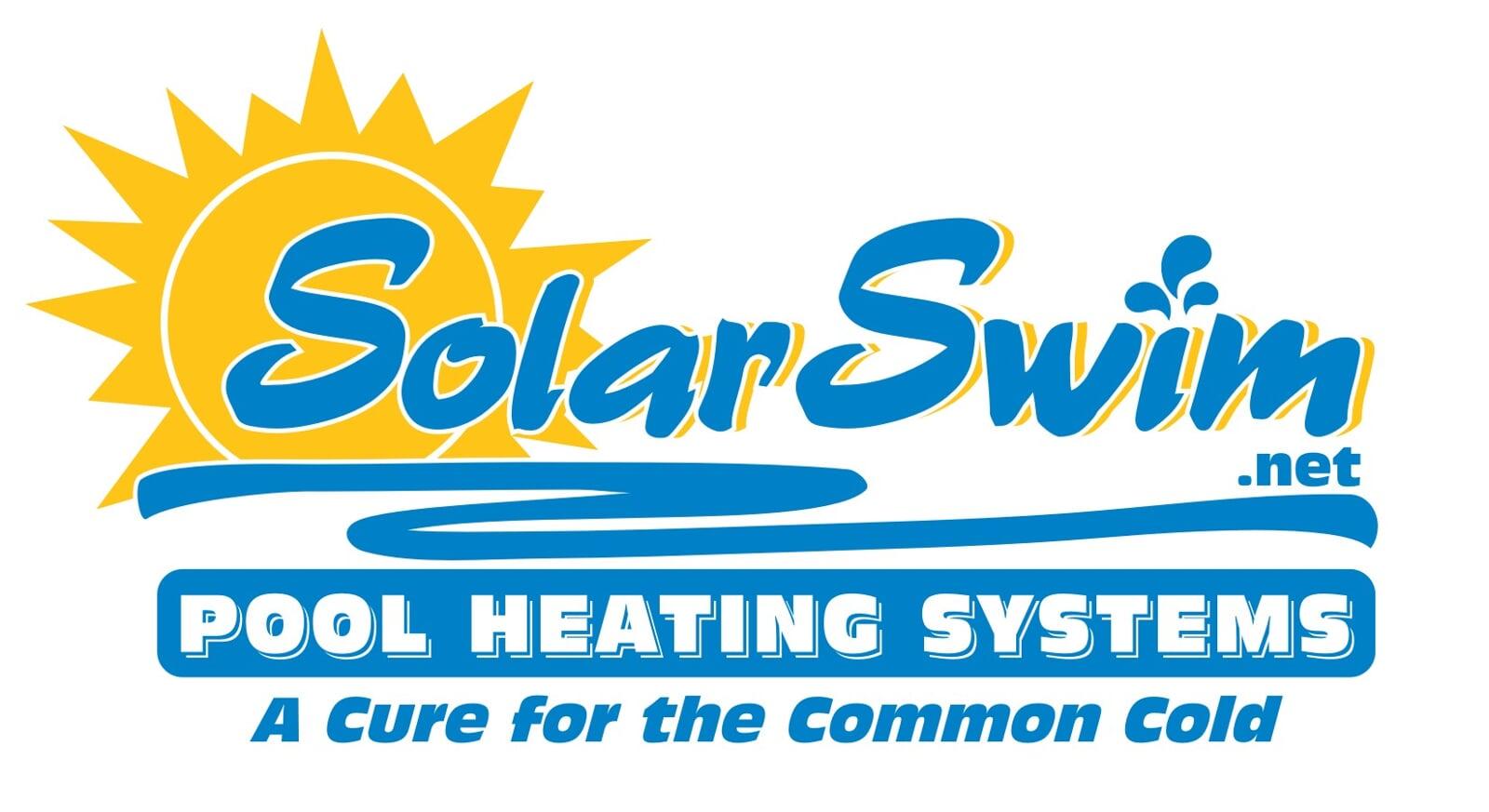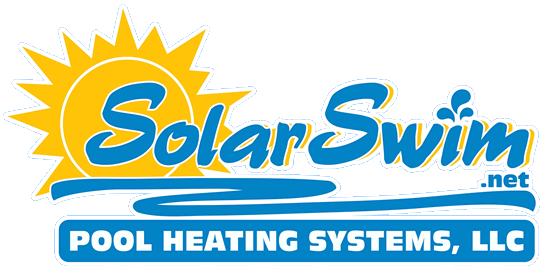
A quick look at this WIKI calculator (below) will convince you that this is more voodoo than science and any reasonable engineer or designer must learn to rely upon educated estimates based upon prior research.
In short, gravitational lift and length of pipe are of primary importance in the estimate of head pressure loss with fittings, valves and individual water features being less significant to the overall equation. We see so many filters and pump combinations in the field thrown together seemingly willy-nilly with no reasonable attempt to match or optimize anything.
As an example, I met with a customer recently who complained of poor suction from the skimmers. An examination of the filter system indicated a standard duty 2hp pump capable of 110 gpm, a 48 square foot DE filter with a design flow rate of 96 GPM, a 1.5 inch multiport valve and 1.5 inch filter interconnects. Let’s take a look at these individual components and see if we can diagnose the problem.
| Standard Hayward 2hp Super pump | flow rate | 110 gpm (@30 feet of head) |
| Hayward 4800 DE filter | design flow rate | 96 gpm |
| 1.5 inch Hayward multiport valve | design flow rate | 60 gpm (@20 feet of head) |
| 1.5 inch filter interconnects maximum | flow rate | 44 gpm less with elbows |
This example demonstrates the lack of thought that goes into the design of these filter systems. A pump wanting to push over 100gpm encounters a multiport valve allowing only 60gpm flow and this flow encounters a further more significant bottle neck as it must travel through 1.5 inch pipe and several elbows to get from pump to filter and then back to the pool. The number of elbows really doesn’t matter in this design because we end up with reduced flow rates of less than 40 gpm. This example shows that this particular pool can be served equally as well with a ¾ hp standard duty pump or a ½ HP energy-efficient pump because you are just not going to get over 40 gpm without other significant changes. Perhaps the initial design called for a 1 hp pump when the filter interconnects were simple and new. As aging plumbing was replaced with flex pipe and more elbows, these restrictions rendered the flow rate unsatisfactory. Over the course of time, pool service companies have convinced the homeowner that a 1.5 HP pump would ‘magically’ restore their flow. Sometime later enters pool company xyz who is called to replace this second pump and further diagnose the problem and recommends a 2hp pump “to increase your flow rate”. So you went from spending $400 per year on electric to spending $800 per year generating nothing but friction and heat while your flow rate remains virtually unchanged. Believe me when I tell you that I see similar setups in the field every single day in this business and would like to fix them all. Unfortunately, this would take up all our time and leave none for our core business of installing efficient and high performing solar systems to heat pools and make them more comfortable. Somehow, high energy consumption or cost of operation becomes more palatable as long as the pool is warm, comfortable and enjoyable most of the time. But there is a whole other dynamic at work that needs to be addressed and exposed. In the above example, the first pump, a 1 hp standard model lasted for 10 years due to the balance that was inherently designed into this system. During year 9, the pool/filter piping was ‘fixed’ for whatever reason(possibly an expired gass heater disconnect) and this ‘fix’ resulted in the addition of several more 1.5 inch elbows thereby restricting the flow and ushering in the failure of this pump during the next season. The next 1.5 hp pump only lasted 3 seasons due to the enormous strain of trying to push 90 gpm through a filter and piping layout that would only allow about 40gpm. You can guess how long the newest ‘recommended’ 2hp pump will last. Not long at all since it would be under unacceptable levels of strain and pressure trying to push its design flow rate of over 110 gpm through a poorly designed filter system. This has been a common problem we have encountered in the field. Almost always, the addition of a larger pump, without other significant changes to this system, will lead to shortened pump life because the pump is never able to relax and achieve its design flow rate. The larger the replacement pump, the shorter the lifespan without addressing the real problems of limited flow through pool manifold design, unnecessary elbows in the filter interconnects and the reliance upon poor flowing 1.5 inch valves, interconnect pipe, multiport valves and older clogged and tired filters.
In the above example, the simple change from 1.5 to 2 inch filter interconnects and adding a 2 inch multiport valve would bring the flow rate up to 73 gallons per minute and result in a real increase in filtration capacity. Total cost: about $250 while leaving the pump untouched.
Multiport valves used with filters vary widely in their flow rates. Great gains in flow and efficiency can be had with the simple addition of a 2 inch multiport and 2 inch filter interconnects. Take a look at the accompanying chart from Hayward Pool Products engineering department and you will get an idea of the difference a half inch can make upon overall flow rates and performance as it passes through the different varieties of multiport and slide valves. As you can see, the 1.5 inch multiport valve is not suitable for anything but the smallest pools running less than a 1hp standard efficiency pump. And yet, probably 90% of the pools we encounter in the field will be setup with the 1.5 inch multiport valve regardless of pool size or pump size. Whether this is because they are a few dollars cheaper than the 2 inch designs or because ‘that is the way we’ve always done it’ is anybodies guess. Granted, there are some companies that are installing a 2 inch multiport valve or slide valve with new pools sometimes with the purchase of a 2 inch pipe upgrade and on occasion just because it is the right thing to do and it offers a competitive advantage for the wary shopper. As most of our work heating pools are done on an existing pool as a retrofit, vs. maybe 10 to 15% of our contracts a year on brand new pools, we most often encounter older piping, older plumbing, older technology and older inefficient filters and pumps. It is in ours and your best interests for efficient solar heating to have the best allowable flow rate based upon the design flow rates of your major components. If there is an obvious bottleneck, we may simply correct it when installing the solar heating system or we may recommend any number of upgrades to increase your flow rate, increase solar heating efficiency and decrease energy consumption, a win, win, win for you as a conscientious homeowner. The lesson here is that bigger pumps do not increase flow rates without other, often less expensive upgrades. Adding a larger pump with the hopes of increasing flow rate and filtration/solar heating capacity is usually an exercise in futility and more often than not the additional expense to run these larger pumps buys only increased heat, pressure and friction while substantially shortening pump life, a vicious cycle and an incredibly bad deal.


